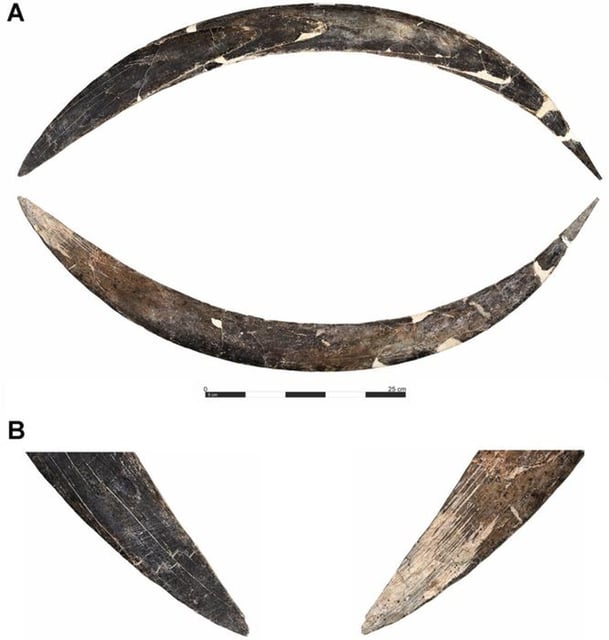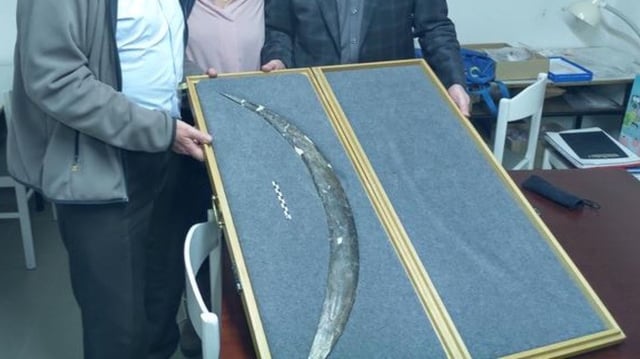Overview
- Bayesian radiocarbon analysis of associated bones places the mammoth tusk boomerang between 42,290 and 39,280 years old.
- The artifact predates the earliest documented indigenous Australian wooden boomerangs by roughly 30,000 years.
- Excavators uncovered the ivory boomerang beside a human finger bone and exotic ornaments, suggesting ceremonial or symbolic use.
- No ivory debris was found at the site, indicating the tool was crafted elsewhere and transported to Obłazowa Cave as a prized object.
- The find illuminates the technological innovation and symbolic practices characteristic of the Early Aurignacian period in Europe.


